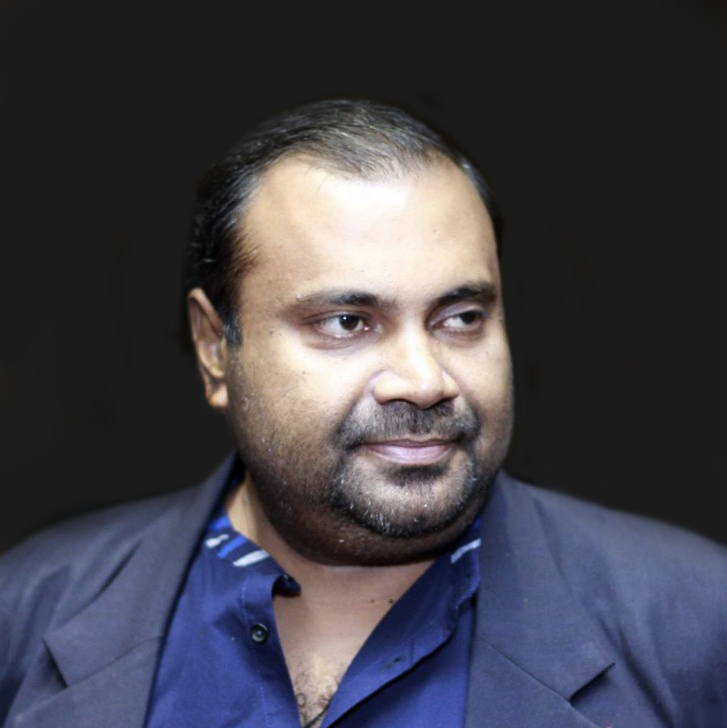The real issue is how we connect the media investment, which we call input, to the real output. End of the day in brief, media investment must have a positive correlation with some kind of a pre-determined sales or saliency target. In many instances we have seen that the campaign media deliveries are achieved but it has no impact on the final output.
In those cases, I don’t think media planners can provide excuses saying that the creatives arn’t powerful enough or the impact is also important in delivering the final sales or saliency figure. Its our job to find out the reasons and recommendations on the messaging strategy, spend and other factors; media spends are also equally or more important as formulating the media strategy. The journey can be difficult, there can be lot of technical drawbacks like availability & amp; consistency of data, availability of pre-set targets etc. But I think most importantly if we have the right attitude and approach towards media from both client and agency, achieving a good ROI on your media investment becomes an achievable task.
"ROI led media planning"
"Fragmentation"
is a buzz word that is top of mind everywhere. Growth in digital medium, inter and intra medium fragmentation, scheduled viewing patterns are the key topics which keep media planners up at night & bother media planners during the day. Analysing this fragmentation and skewing the data to paint a rosy picture is something many agencies may do. Presenting nice figures and infographics is not the issue, the real debate is how we fund this fragmentation.
Does it mean your media budget has to increase to cover all the fragmented media? The answer is yes, if we see fragmentation as an opportunity to increase the client’s ROI. But just diverting budgets by looking at the media landscape POV will not help the business grow and will end up with a negative impact on the businesses bottom line.
So now it’s time to create the concept of Digital Media Planners who strategically decide the correct media investment levels, not only from the POV of reach, but also considering the other unique roles of each fragmented medium.
"We don’t want to be Different"
Once a new Agency is set up everyone wants to differentiate themselves. To say that I’m this and I’m that and I’m better than the other. In order to achieve this, they try to do some crazy stuff. Sometimes it ends up benefiting no one; neither the agency nor the client. It goes beyond the realities that exist in the market place and our industry. At ThirdShift, we don’t want to be like that. We will first try to get our basics right. Which most media agencies don’t focus on. We try to get our basics; the role of media in brand growth, the right media mix, importance of setting a media budget, build a flourishing client-agency relationship and sometimes even establishing the basic marketing mix. Once we get the basics right, the rest will not be that difficult...believe me getting the basics correct is not an easy task. So what we believe at ThirdShift is working hand in hand with our clients to get these basics spot-on. Thereafter, we can give meaning and get the best out media innovations, big data in whatever the marketing activities we do. So this is where our specialty comes into play… once you do that the magic will start to happen. Thereafter the sky is the limit for any brand.
"Heteromoginity"
The Key to a successful communication plan is nothing else but understanding the market. Your audience. Sri Lanka is a very unique nation. We are not a big country. Only three languages are spoken and represent the 4 main religions. One can travel the country from one corner to the other in a day. The food we eat, the places we shop are similar and familiar. There are no vast differences in the regions when compared to other markets in Asia. But there are differences in communities. If you dig deep and take a closer look, there are big differences. In certain communication campaigns we have to take this into account and in some other campaigns we don’t need to.
So we need to understand this clearly. We might need tools, analytics and models. But for these heterogeneous market we need our own set of tools. It has to be local. We can get inspired and learn from the other markets and the world, we can take learnings but for our market we need our own solutions and our own tools and models. Otherwise media will not work in this unique market. So that’s why we emphasize the need of a handcrafted media solution for each and every client and each and every campaign.
"Key message to clients"
With the increasing complexity in the media landscape, we do get a lot of new media touch points every day. We have to be very careful in creating the demand for these media spaces. There is a need to have a rational approach. If any touch point appears to be coming as a new trend, yes initially you can experiment with it, you can take risks but after sometime the budget allocation needs to be done with some kind of a rational and objective approach. Otherwise we are creating a pseudo demand which can result with an undue pricing structure.
recommend we best measure the impact of these diverted investments from the ROI perspective as well.
"Media Data"
This is an ongoing debate and discussion. Some believe in it and some don’t. At the end of the day we need to keep one thing in mind: media tracking systems are also a type of research system.
Even a brilliant research design can have its own weaknesses. In our context, media researchers provide very good insights when it comes to analyzing overall trends. But we need to be a bit careful when we try to dig deeper into some audience media consumption patterns, specially in niche audiences. We need to verify it for a longer time period before getting in to any conclusions.


